Mon&Brec Canal Camps 2019

| ENLARGE |
A final fortnight at Ty Coch, September 2019
The last of three seasons of investigation of the Ty Coch lock-keeper's cottage. We began work on the structure in 2017, and continued in 2018.
For me, my two camps at Ty Coch this year were, as usual, exhausting, exhilarating and lots of fun. But they were also a little melancholy, because they are likely to be the last WRG camps on the Mon&Brec for the foreseeable future.
The Monmouthshire, Brecon and Abergavenny Canal Trust has reached one of those gloomy times experienced by many volunteer organisations, when a combination of lack of funding, a shrinking local volunteer force, and retiring leadership have led to a loss of momentum. At the same time the effects of neglect — vegetation growth, vandalism and the decay of canal infrastructure (much of it restored with the help of WRG volunteers) — continue apace.
It was sad to arrive on a site visit in June to find much of what my past camps had achieved rendered invisible by rampant vegetation, the canal almost completely covered with Azolla, that pernicious invasive water fern we'd removed in 2016, or filled with rushes, the hedges overgrown, the paths we'd created vanished. If this was what just a year of inactivity creates, in a few years, it will almost seem as though we’d never been there.
In truth, any natural "rewilding" is an environmental plus (apart from the invasive fern and some Himalayan Balsam), though a modicum of mowing would encourage added diversity. However the decay of the waterway and its associated structures will eventually have to be reversed if the Mon&Brec is ever to be fully navigable.
Fortunately, the previous two years' excavation of the Ty Coch lock keeper's cottage survived relatively intact, mostly hidden in long grass. Thanks to Mike Evans and Dave Burdett In June we managed to weed and protect the site in June, ahead of September's camps. So the overall aim of this year's camps was to leave the structure in a condition that would survive neglect, at least for a number of years. I also had some recording to complete, and some archaeological questions to answer.
Both weeks were fully booked, a great way for me to end 11 years' involvement with the Mon&Brec. Two great teams resulted. It would take up too many words if I was to acknowledge in detail each of those fantastic 35 volunteers — everyone without exception was committed to the success of the camps, worked hard and effectively, learned fast, was good-humoured and was a pleasure to work with. We had a wide age range from half a dozen 18 and 19 year-olds upwards to several, just as energetic, enjoying their eight decade! Again, the Duke of Edinburgh Gold Award candidates all earned their residential experience colours with aplomb.
I must however thank my Assistant Leaders — Dave Burdett and Rachel Harvey, and my cooks — Ann-Marie Burdett and Bev Williams for their starring roles. And my old hands — Ben Thompson, Shifani Passap and Filippo Zaraga — were again at the centre of things.
A last look
We first tidied the previously excavated area, then extended it in two directions (see sketchplan below). To the south we found the “path” that ran from the south-west corner of the cottage extended almost to the edge of the east-west right of way that crosses the canal below Shop Lock. At the south-west corner of the cottage we found that a drain that was (presumably) connected to the glazed pipe running beneath the passage was also joined by a drain along the (destroyed) south wall created from reused land drain pipes (Figure 6). A quick look at the rounded feature that had destroyed most of the south wall and the main room floor showed that it was a deep pit filled with rubble and modern rubbish. It was not excavated further.
To the east we excavated the extent of the brick and cement surface outside the east wall of the cottage (Figure 7), which ran over the bywash culvert, and were rewarded with vague indications of the position of a small structure, perhaps the privy. Having run out of time, we left further investigation of this area, which was damaged by tree roots, to a future project.
Once the features had been planned and photographed, we chamfered the edges of the excavation to make the site safer (Figure 8), then laid terram over the horizontal surfaces, covering it with gravel to act as both anchor and protection (see Figures 1b, 2b and 3). The walls were consolidated where necessary, using a lime mortar with a distinctly darker coloured sand than the original. This will enable any future restoration to readily differentiate between nineteenth century and 21st century work.
A canal-side conundrum
We also looked again at the mysterious spread of material next to Lower Brake Lock, south of the cottage and separated from it by a pound. In 2016 we'd found a significant amount of domestic and other nineteenth-century finds, and a north-south drainage pipe. We returned to this spot this year, but despite opening several trenches, failed to reach the edges of this spread. We did come away with a large amount of additional finds, including pottery, clay smoking pipes, glass and other artefacts.
For me, the most memorable find was a tiny, battered, bisque porcelain figurine of a naked child (Figure 9). These little figures have been found all over the (colonised) world, including North America, South Africa, Australia and New Zealand, India and many European countries. Though manufactured in large numbers during the nineteenth century, their exact function remains obscure. They are often found in adult contexts, which argues against their frequent description as playthings. I wrote about them in my PhD thesis (extract here), and so was overjoyed when one cropped up on this excavation.
One explanation of the material spread could be that it was redeposited as part of the canal infrastructure. However it is limited to a thin layer below the topsoil and above a deep deposit of oragnge clay. The latter may have been deposited when the canal was constructed, but the finds date at least a few decades later...to the early to late nineteenth century. Another explanation could be that it is redeposited "night soil" — the contents of privies collected and used as fertiliser. This is feasible, but it is an odd location, spread across the embankment leading up to the canal pound and lock. This also doesn't explain the finds of similar material from other nearby locks.
Was the site used by canal boatspeople as a rubbish dump? This is unlikely, because the crews of boats on the Mon&Brec did not live on their boats. Did the rubbish originate in the lock-keeper's cottage and/or the adjacent workshop? The area is a fair distance from the cottage and workshop. People tended to dump garbage quite close to where they were living. And the fragments of material are quite small, which suggests that they had been broken before deposition (something that supports the "night soil" suggestion). Yet another possible explanation is that the material was dredged from the canal during maintenance and spread on the adjacent ground surface. This could explain the fragmentary state of the artefacts and their spread — perhaps the dredged up material was used as a soil improver. There was no sign of a buried soil, the deposit is thin and churned up, with no obvious stratigraphy. The area had been a picnic area in the 1970s. Might the deposit have been laid down then? If so, why? Where did it come from? Was the material moved from somewhere else at Ty Coch?
We managed to rediscover the terracotta drain that we'd located in 2016 (Figure 4), but as it was heading ever deeper into the embankment I decided that to follow it would take too long and be physically exhausting, so this was another question left for future investigation.
I now have about 30kg of small fragments of nineteenth-century pottery to sort, photograph and analyse, plans to draw and a final report to write. We left the site tucked up under its blanket of weed-control fabric and gravel, with some questions answered but still others, like all archaeological sites, demanding further examination. The cottage was demolished only 70 years ago: that we have to admit that the site nevertheless still holds some mysteries demonstrates that archaeology, even of the very recent past, is about absences, and attempting to fill gaps in knowledge. That the WRG, through the efforts of its volunteers, has carried out sterling work at Ty Coch and has added significantly to its story, is surely something to be proud of.

| ENLARGE |
Last updated: 21st November 2019
back to top

| ENLARGE |

| ENLARGE |
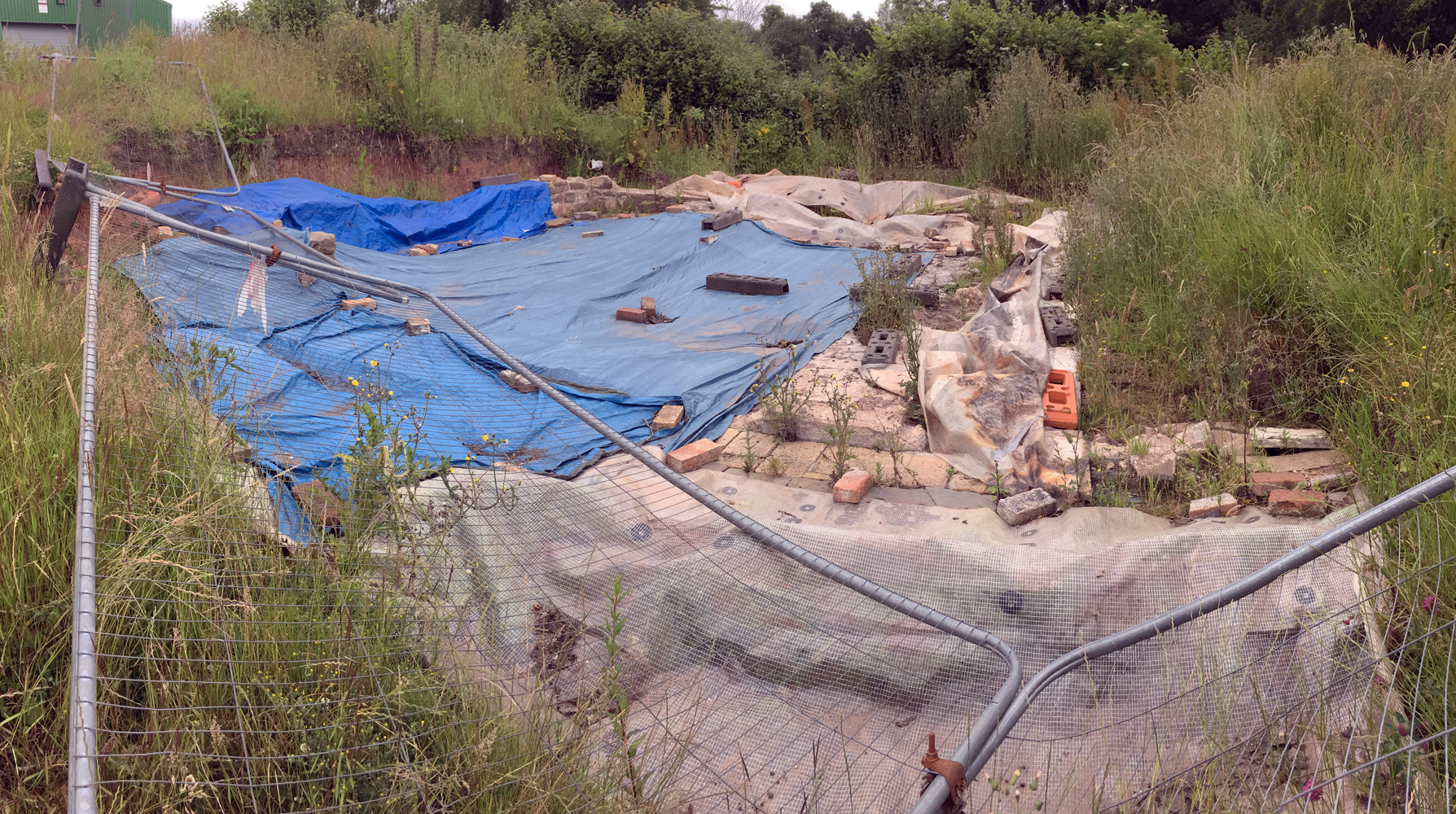
| ENLARGE |

| ENLARGE |
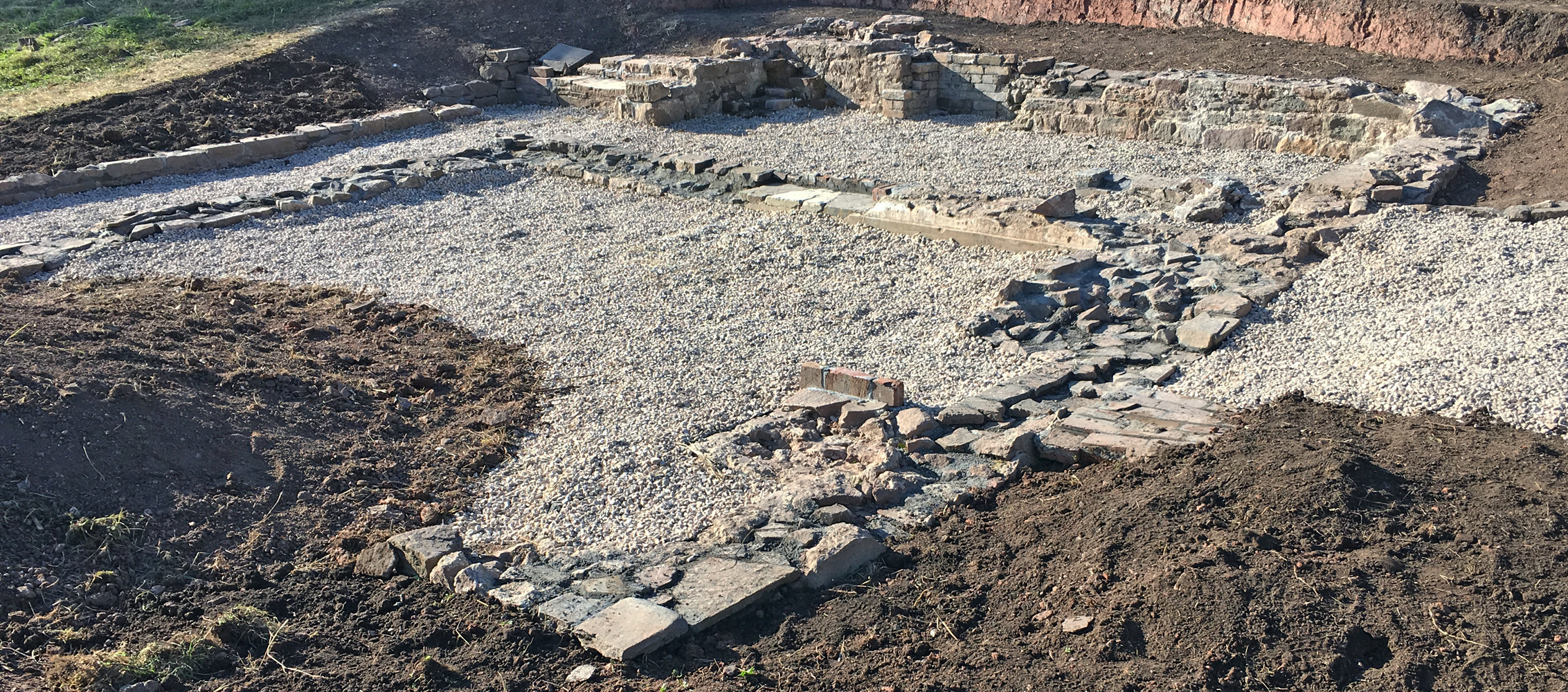
| ENLARGE |

| ENLARGE |
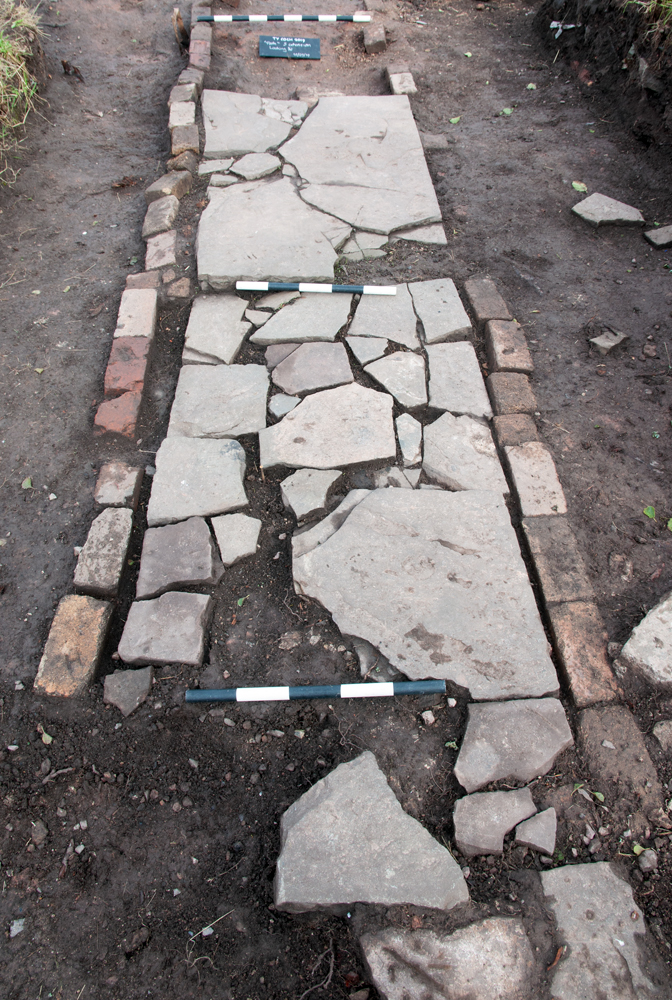
| ENLARGE |
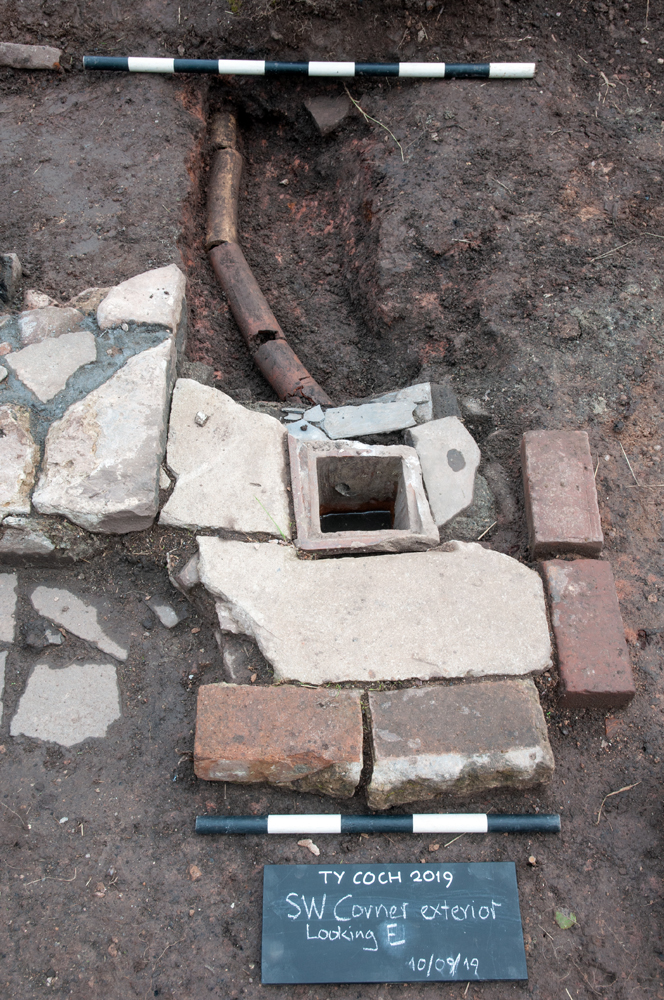
| ENLARGE |
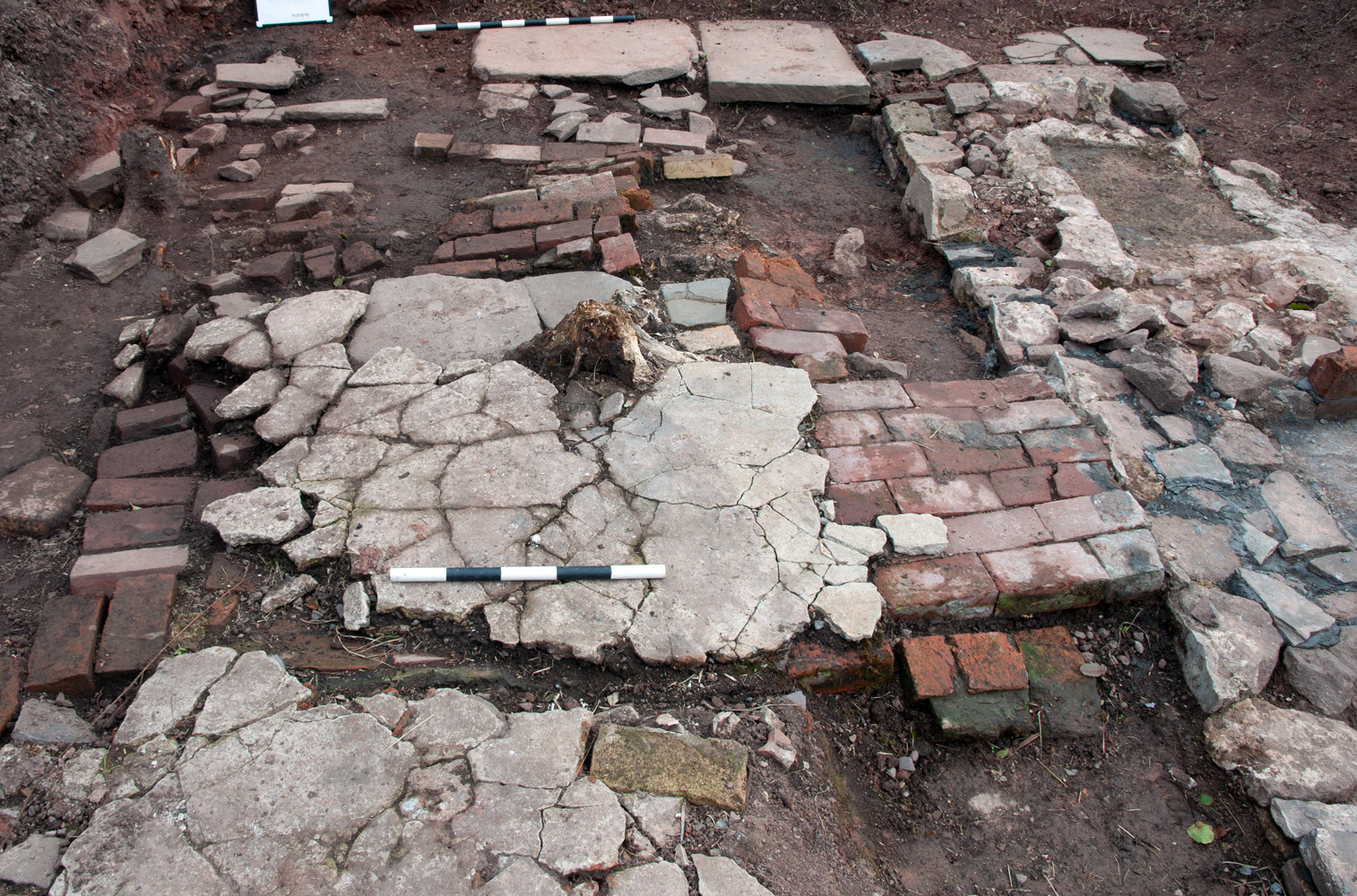
| ENLARGE |

| ENLARGE |
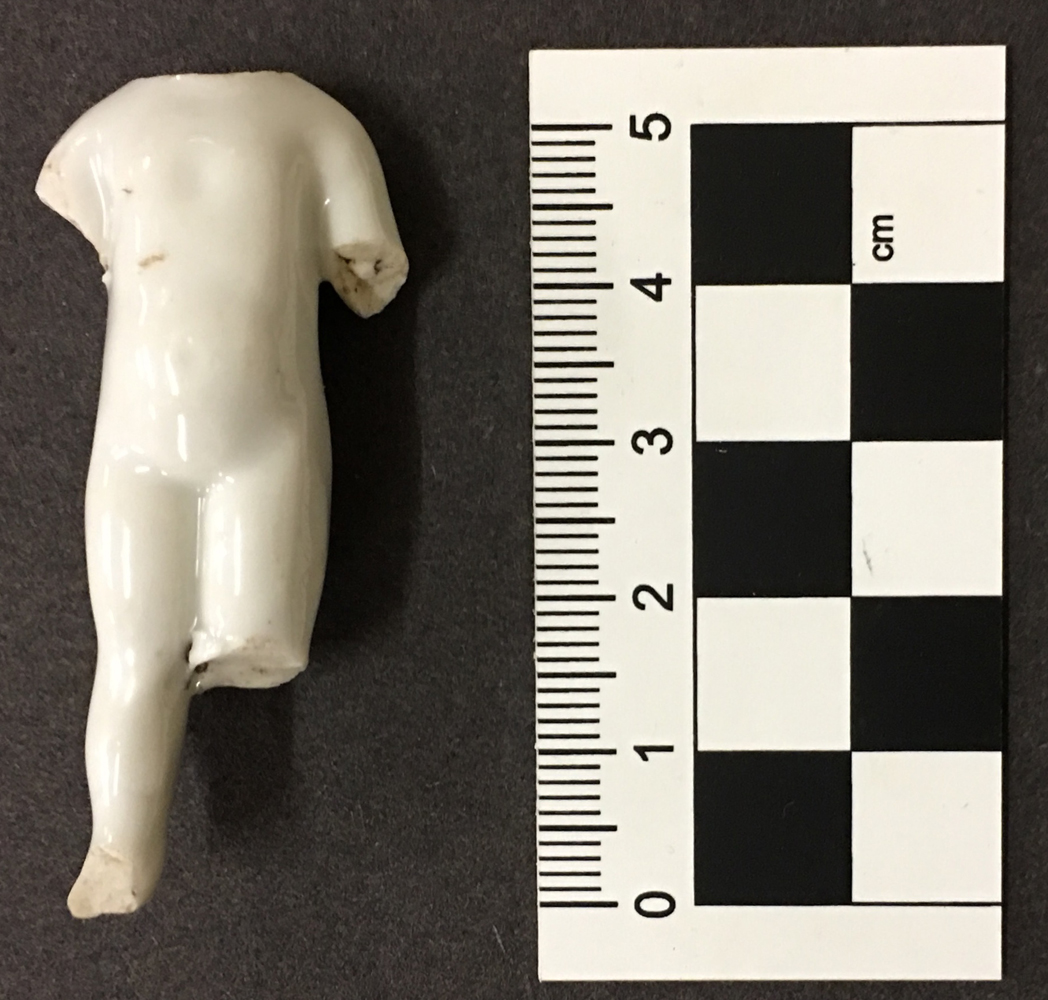
| ENLARGE |

| ENLARGE |
THE FINDS
TO COME
I have begun the challenging task of sorting and recording the thousands of ceramic fragments and other finds from Ty Coch. I'll post a link here when I've got some results to share. I'll also be writing a formal report, and will link to that here of course.
